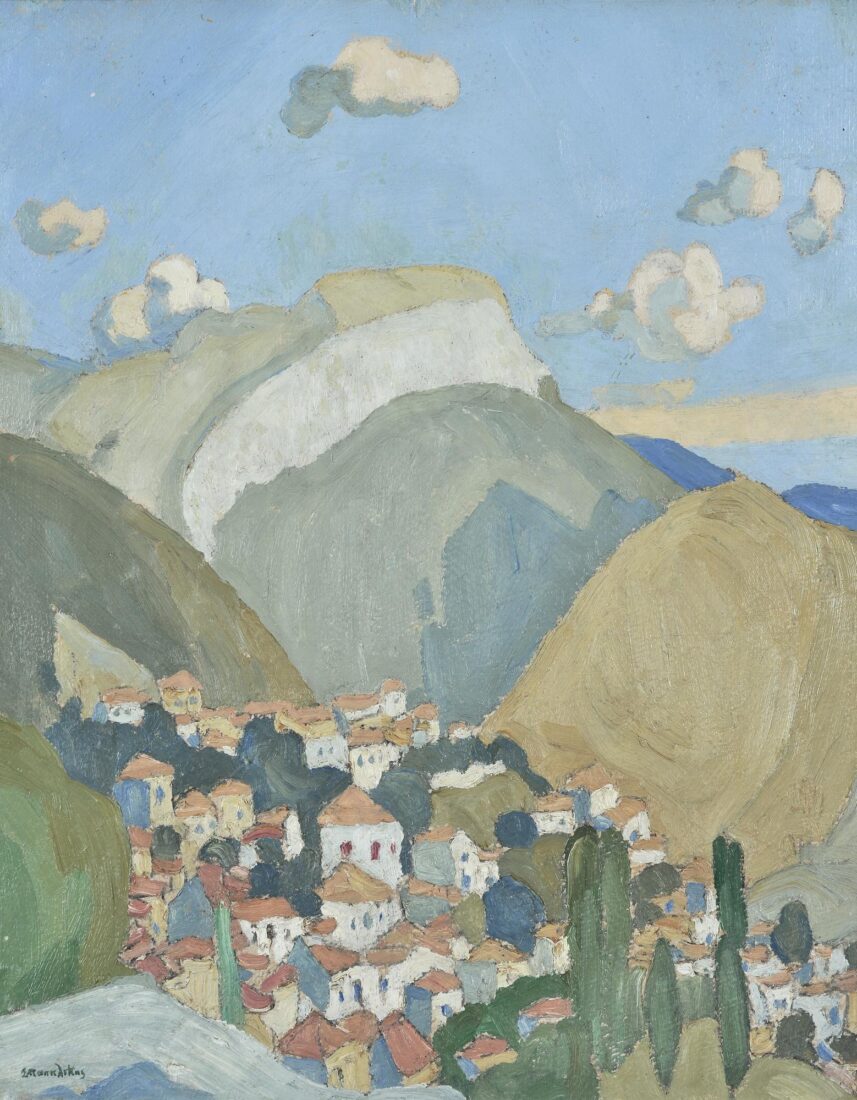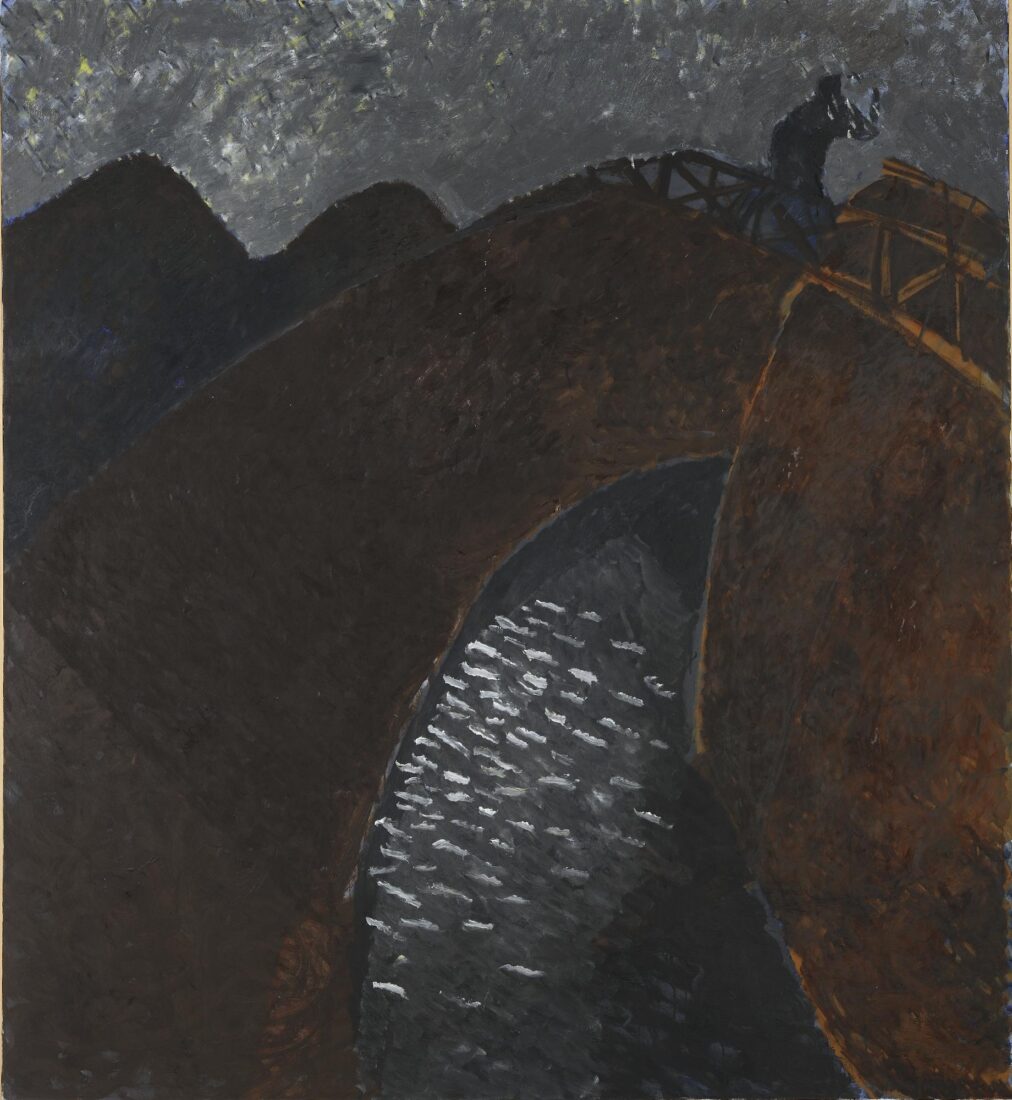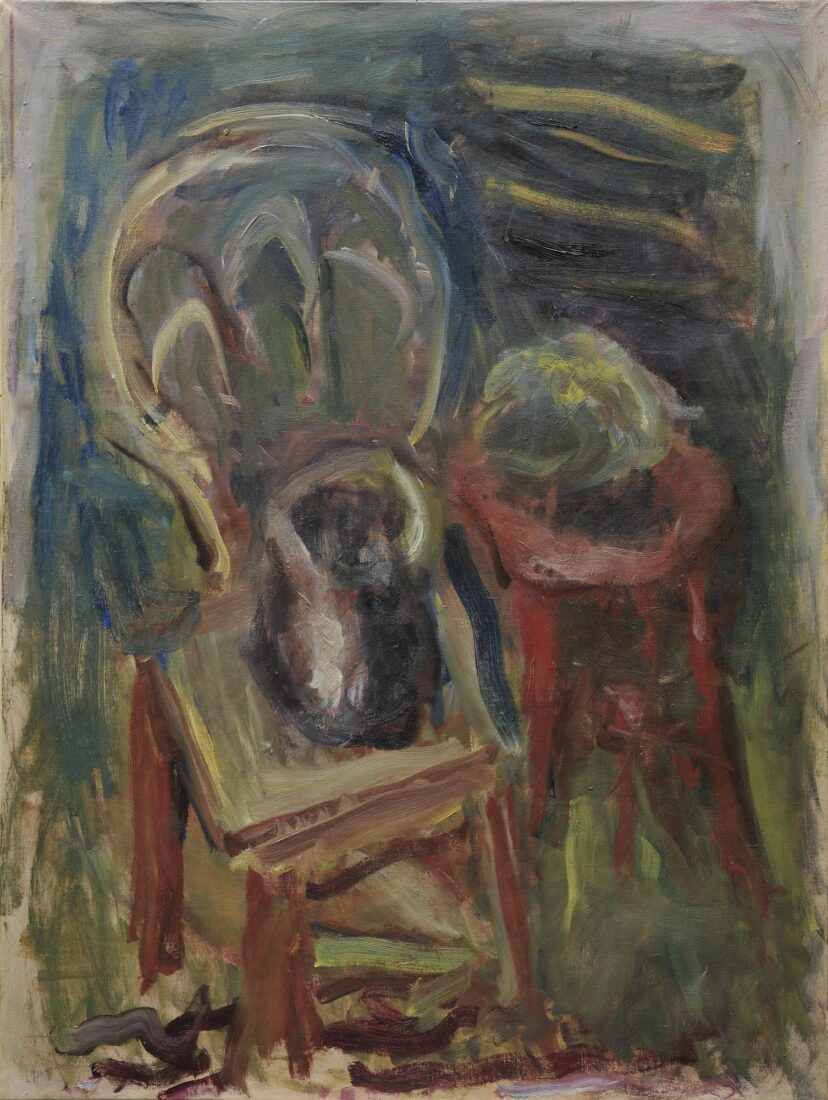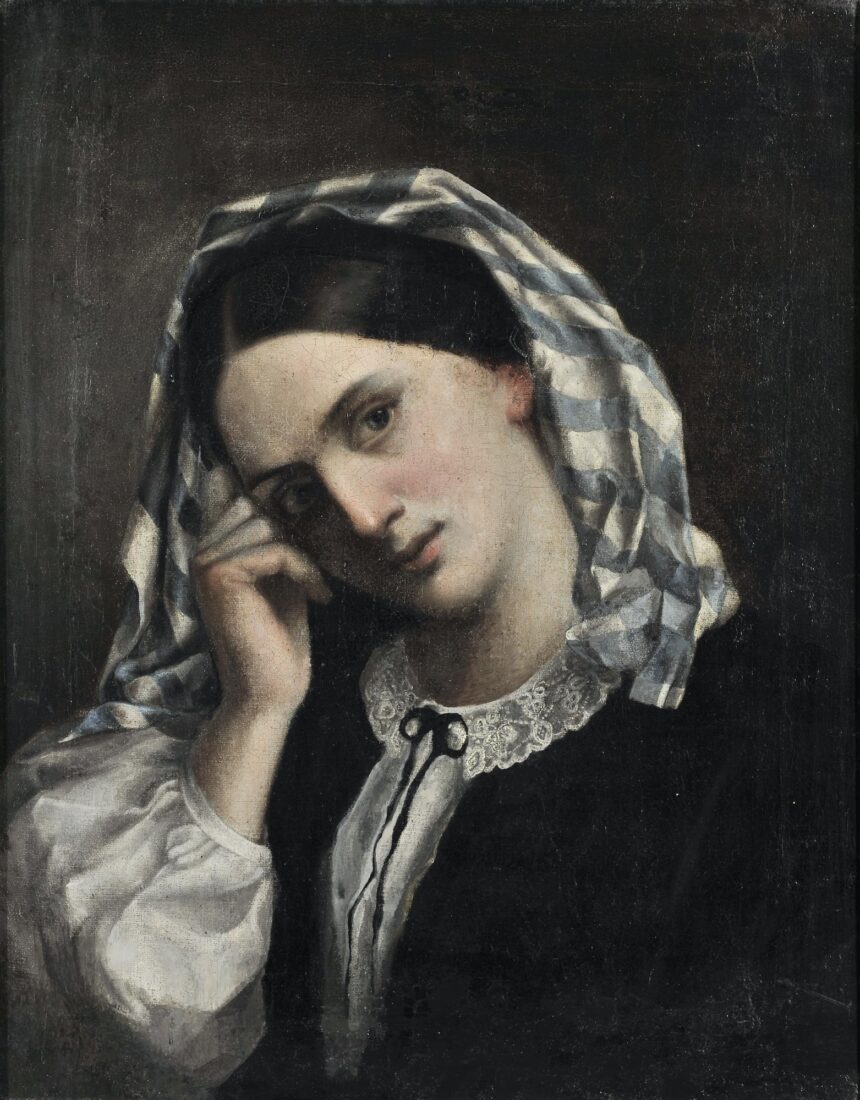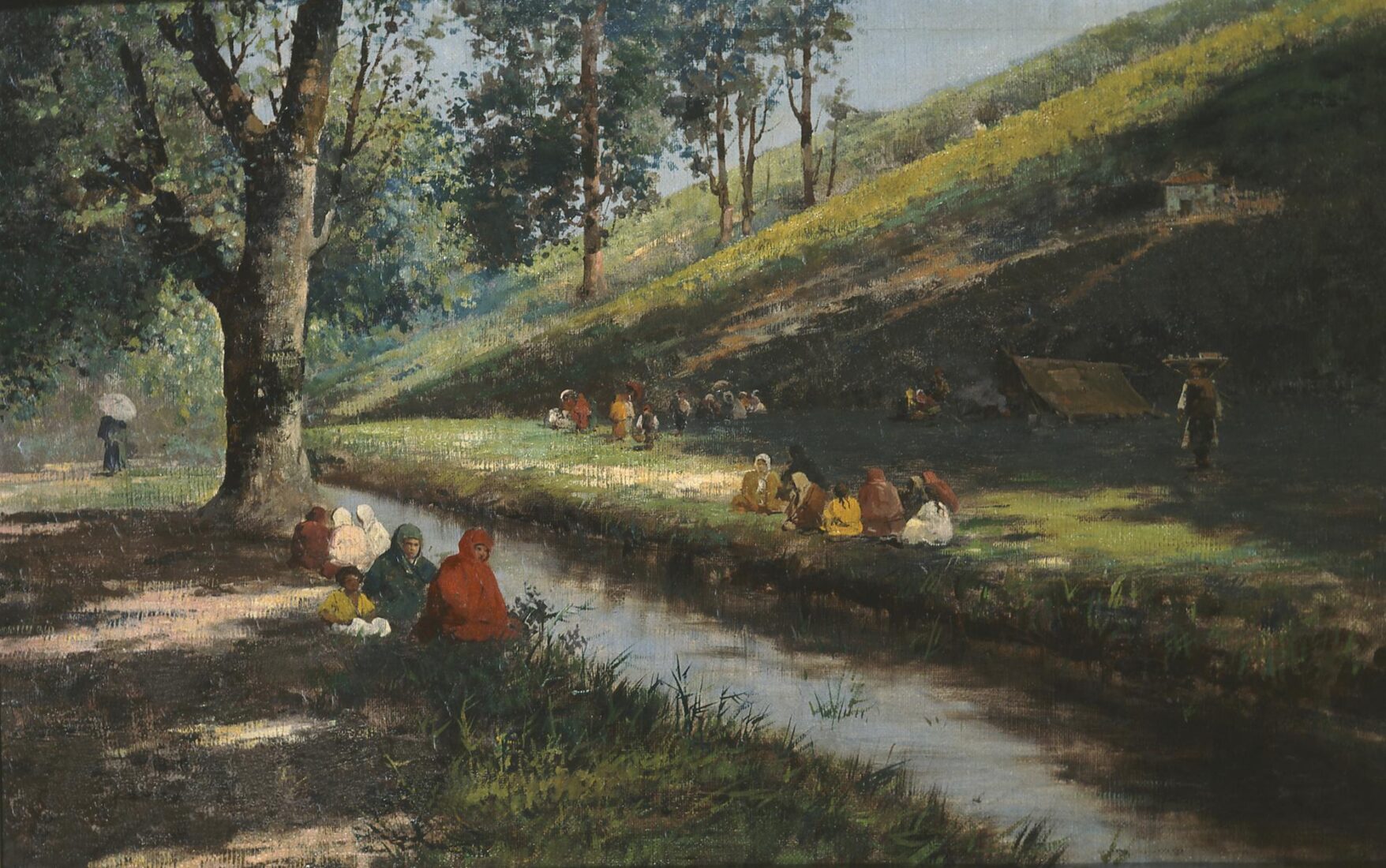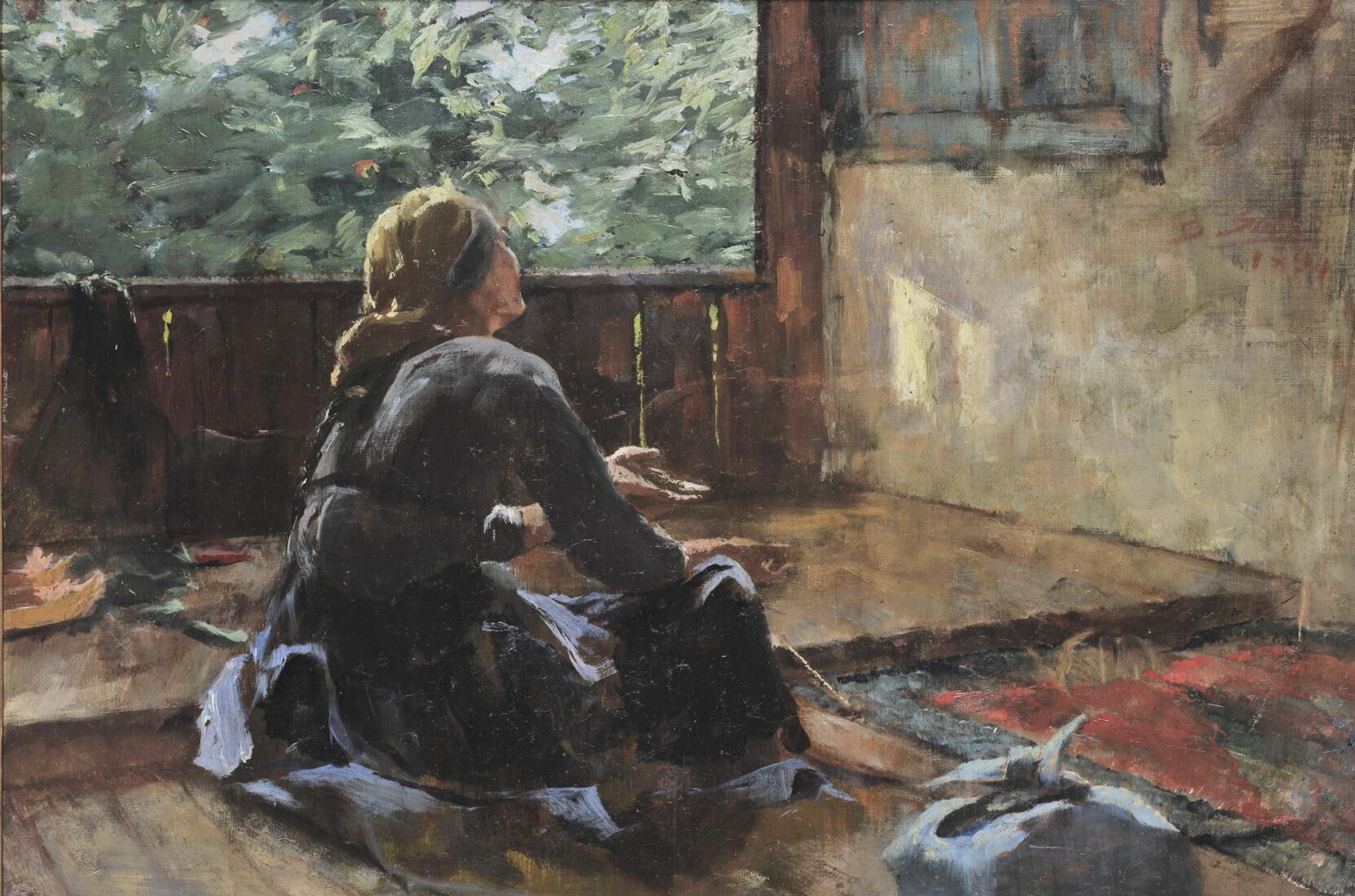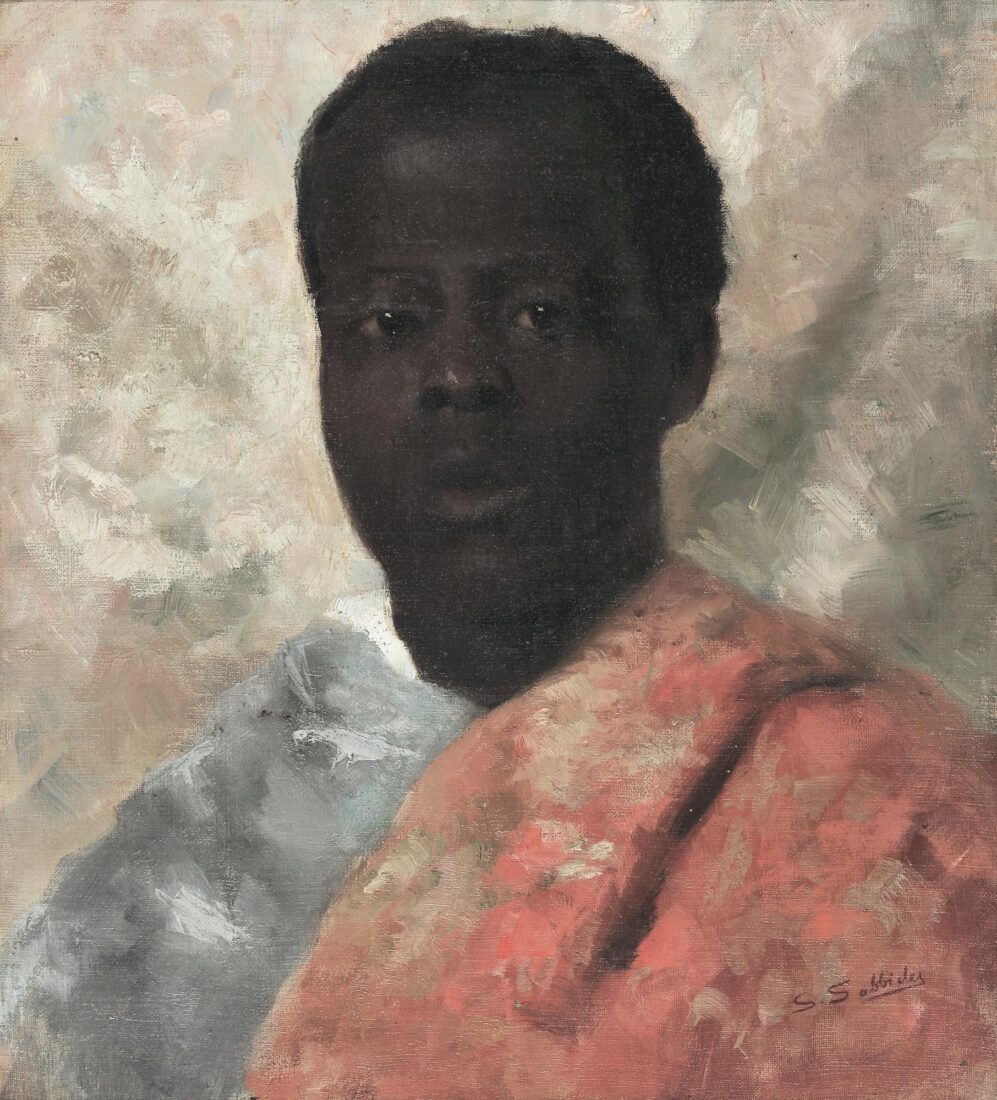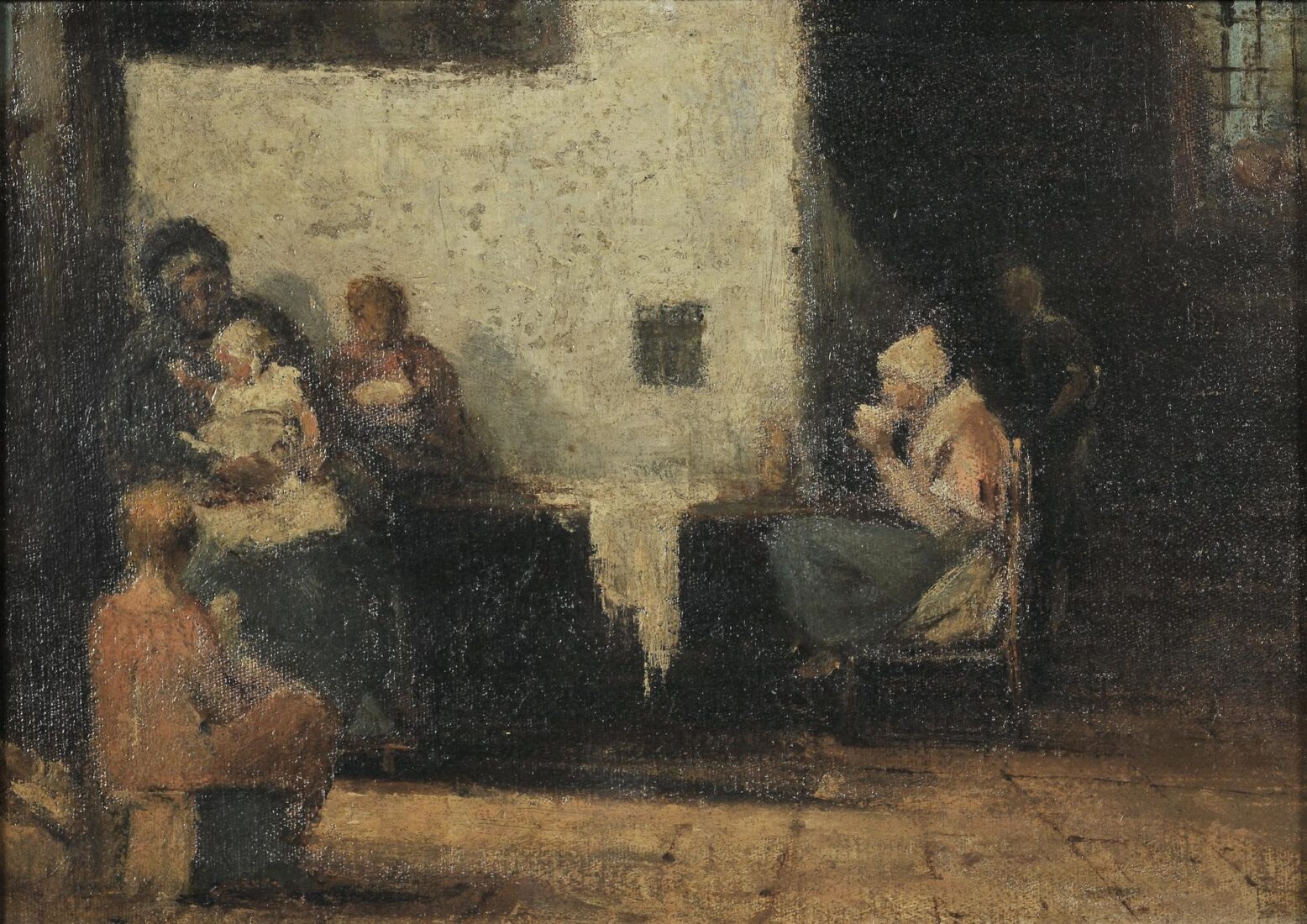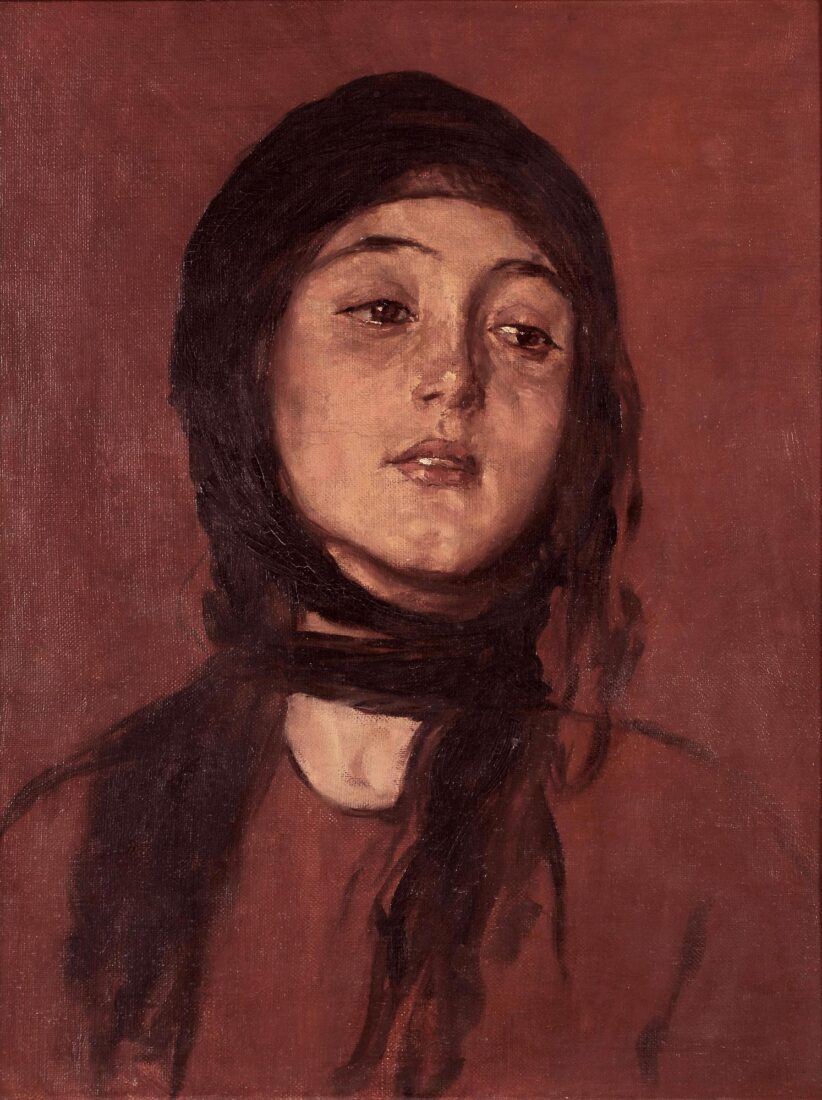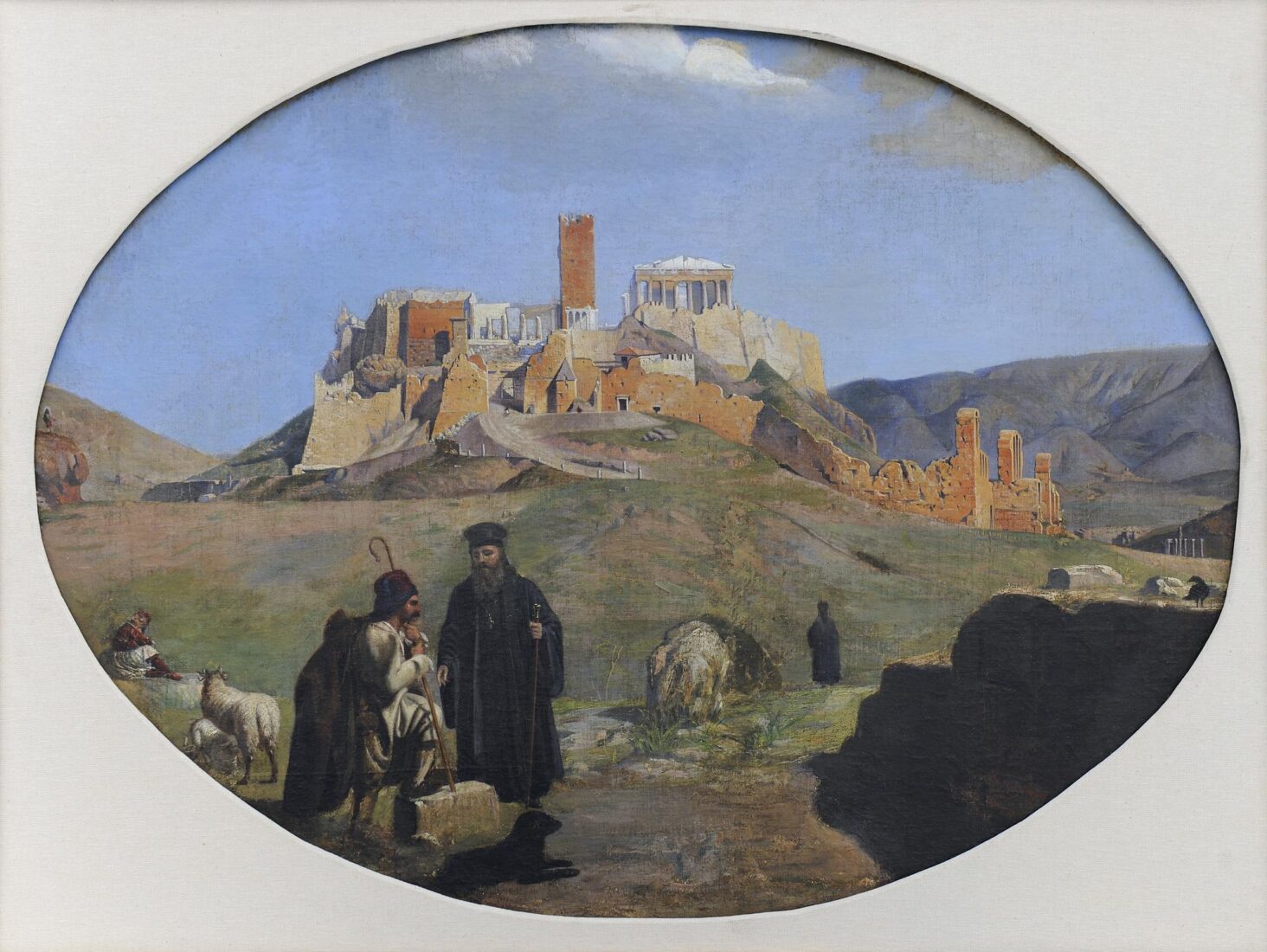

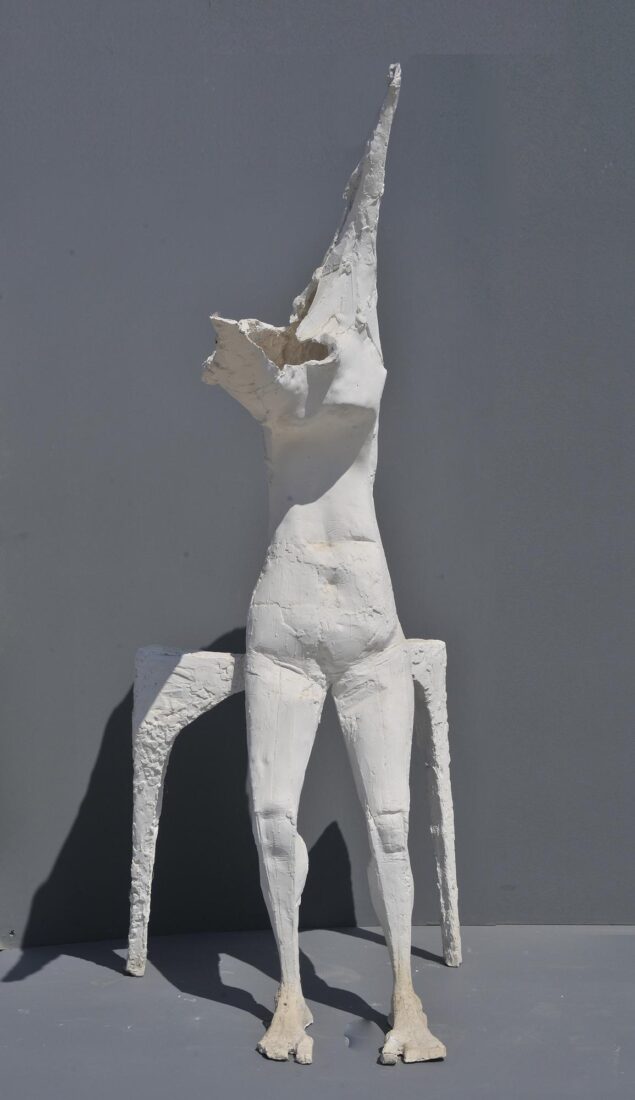
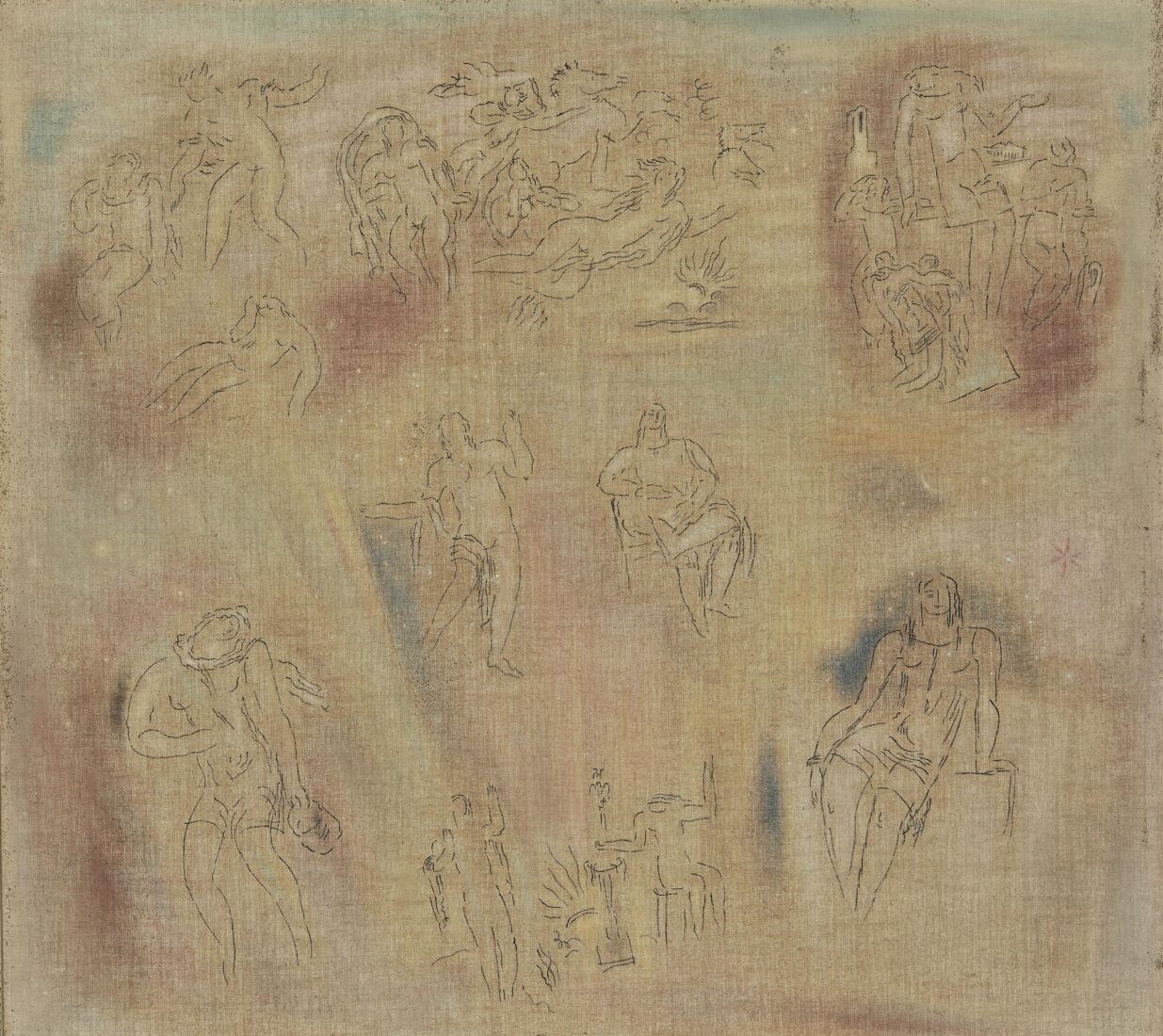
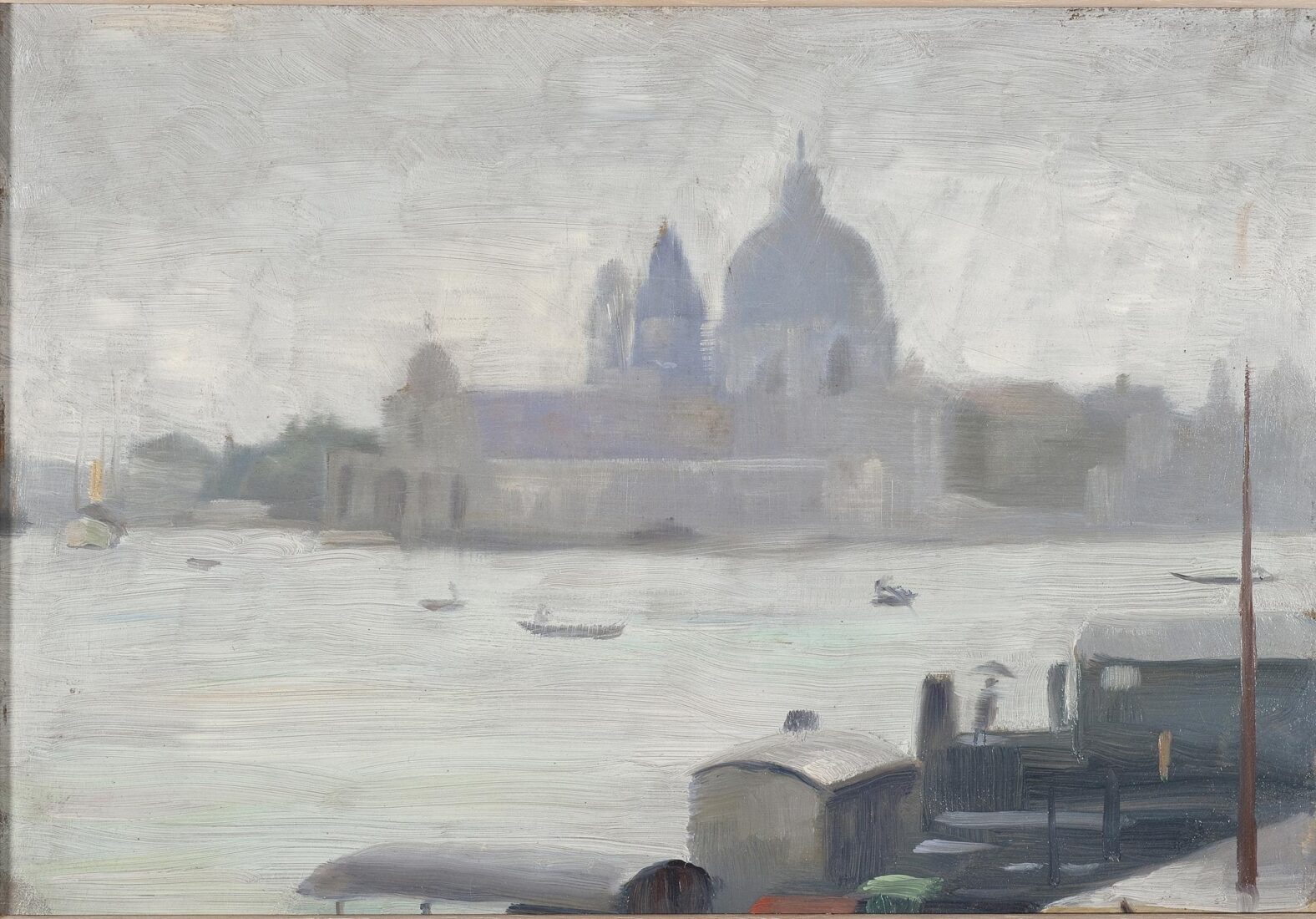
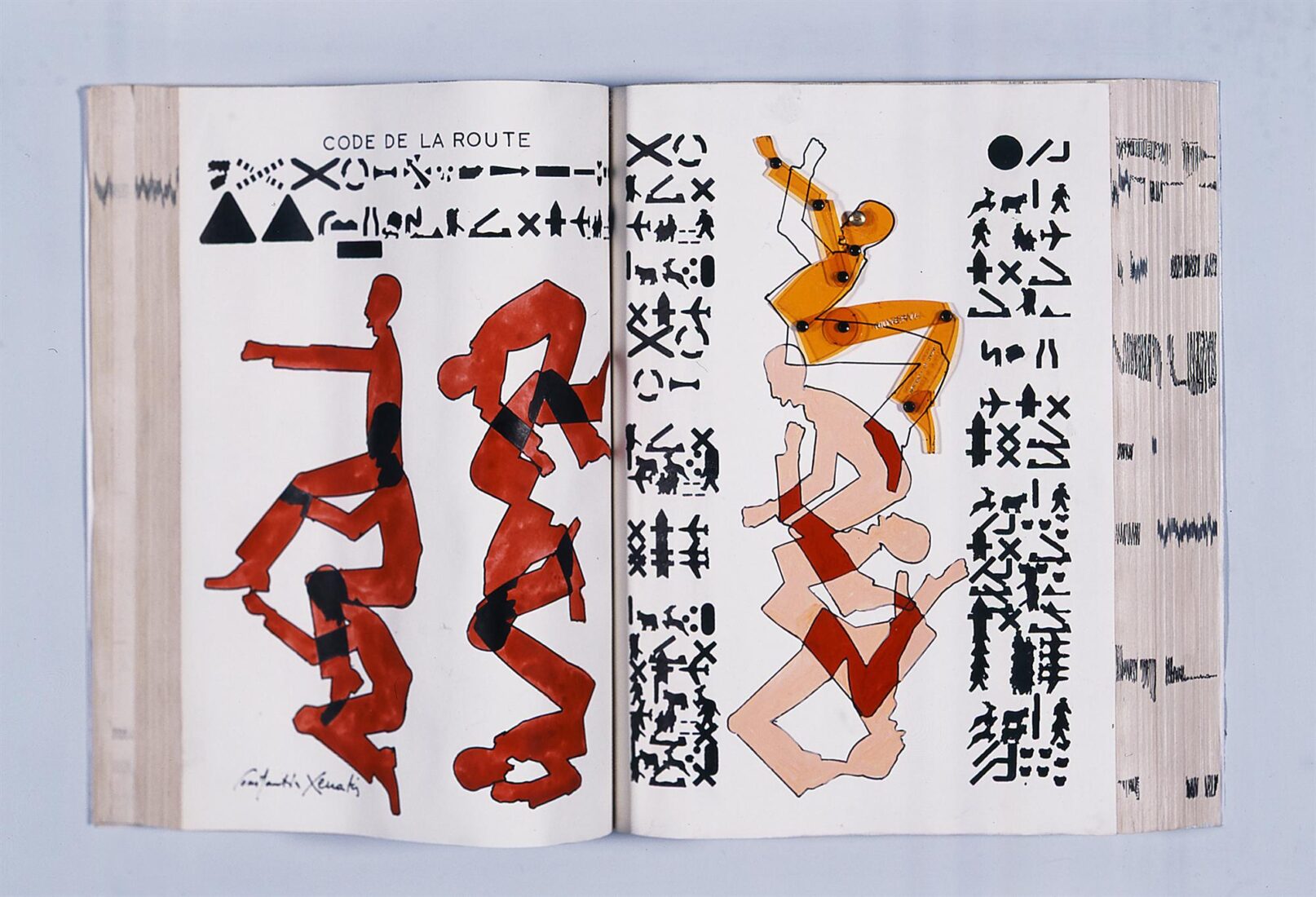
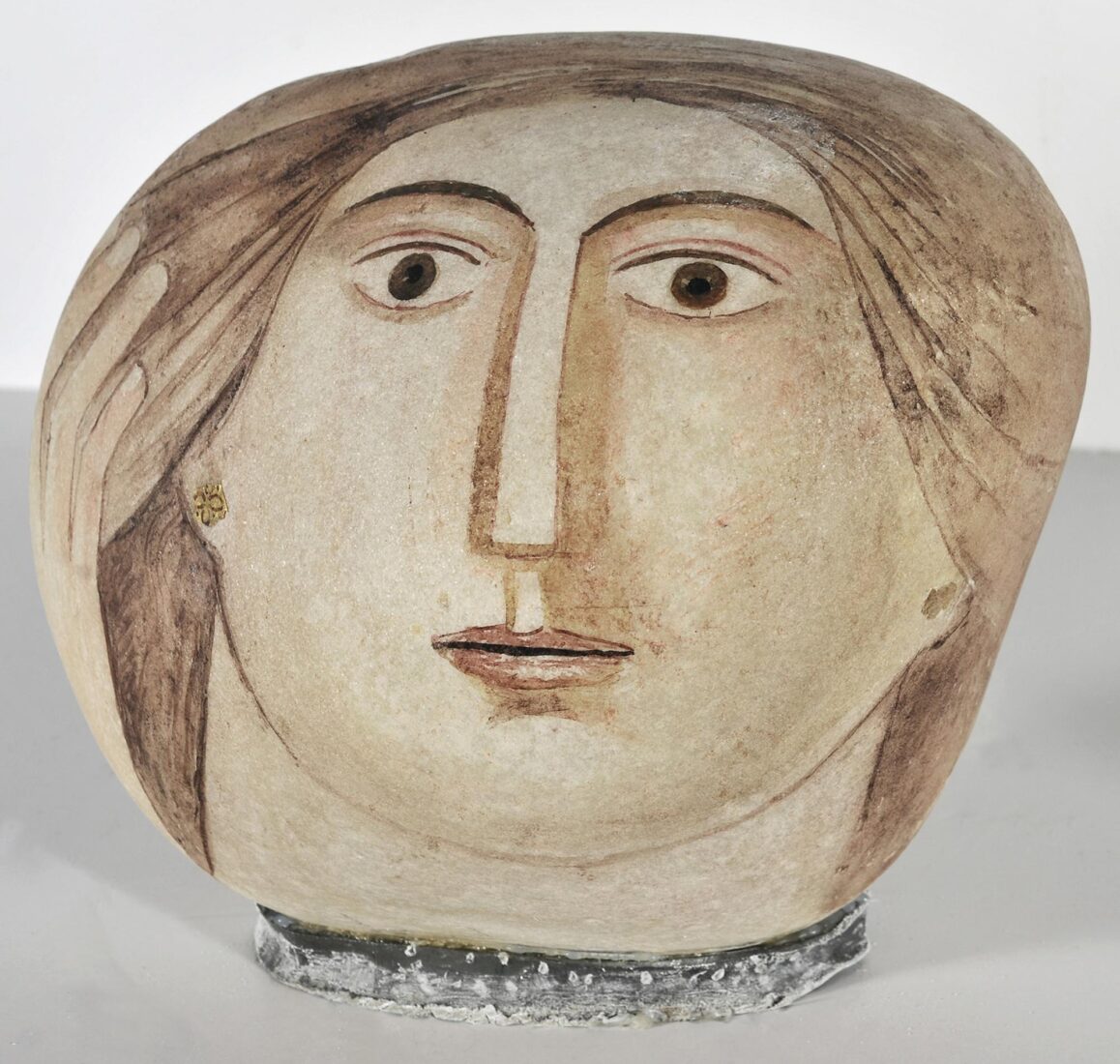
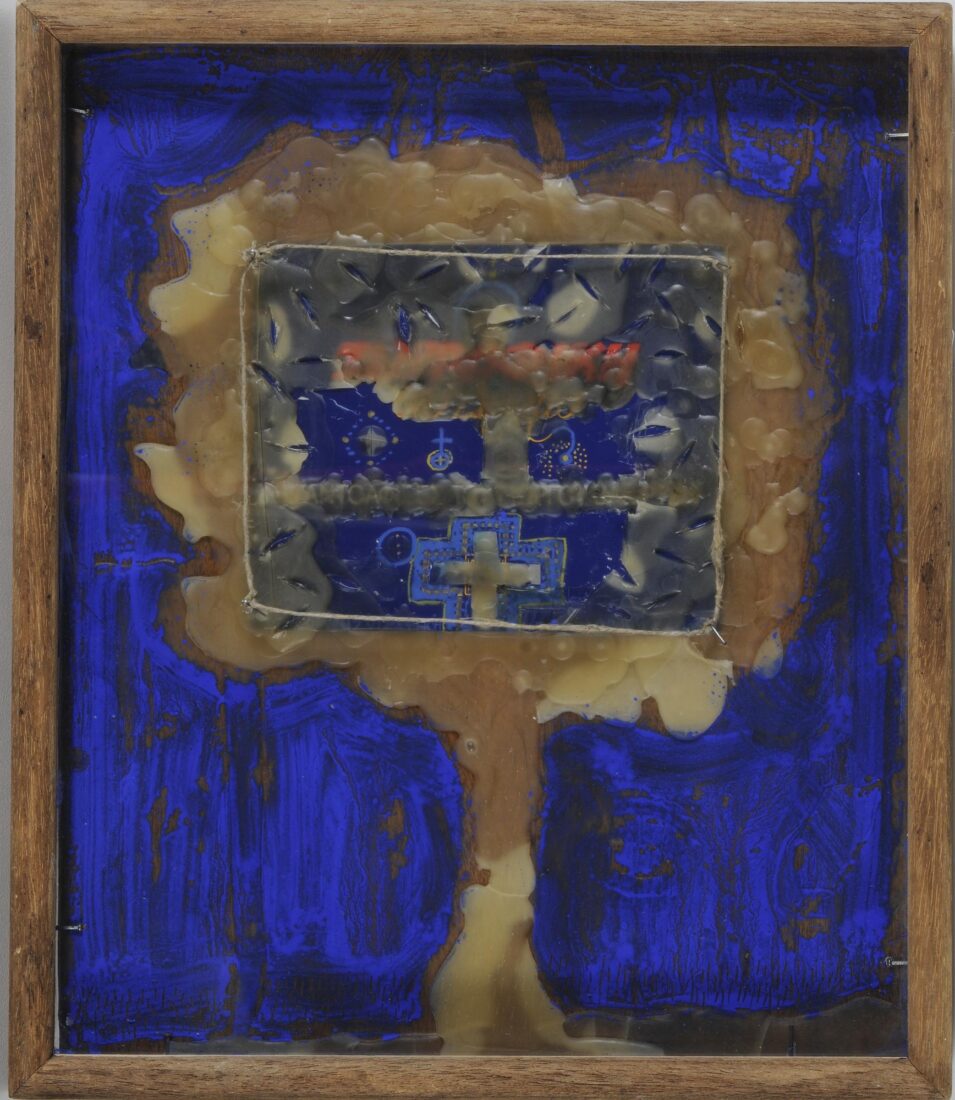
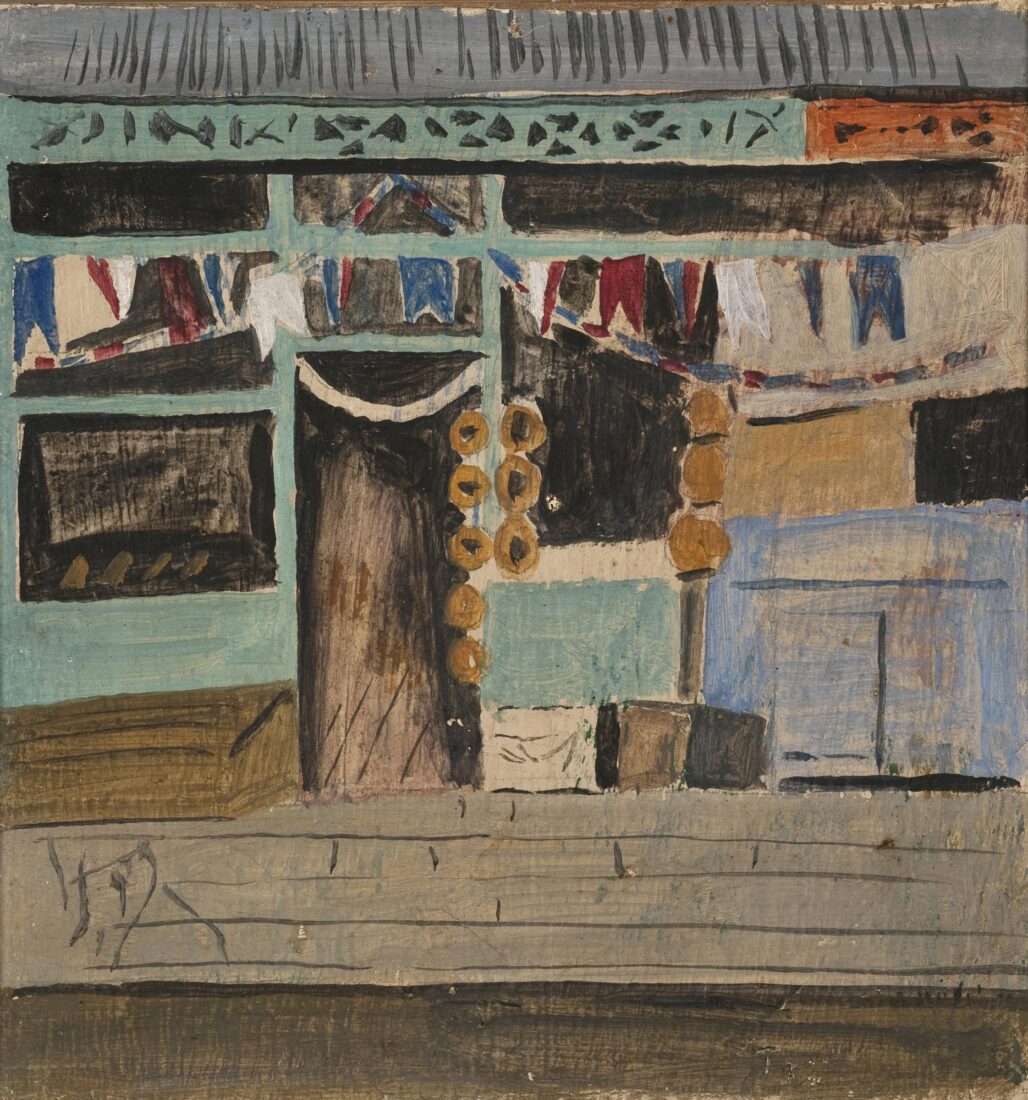
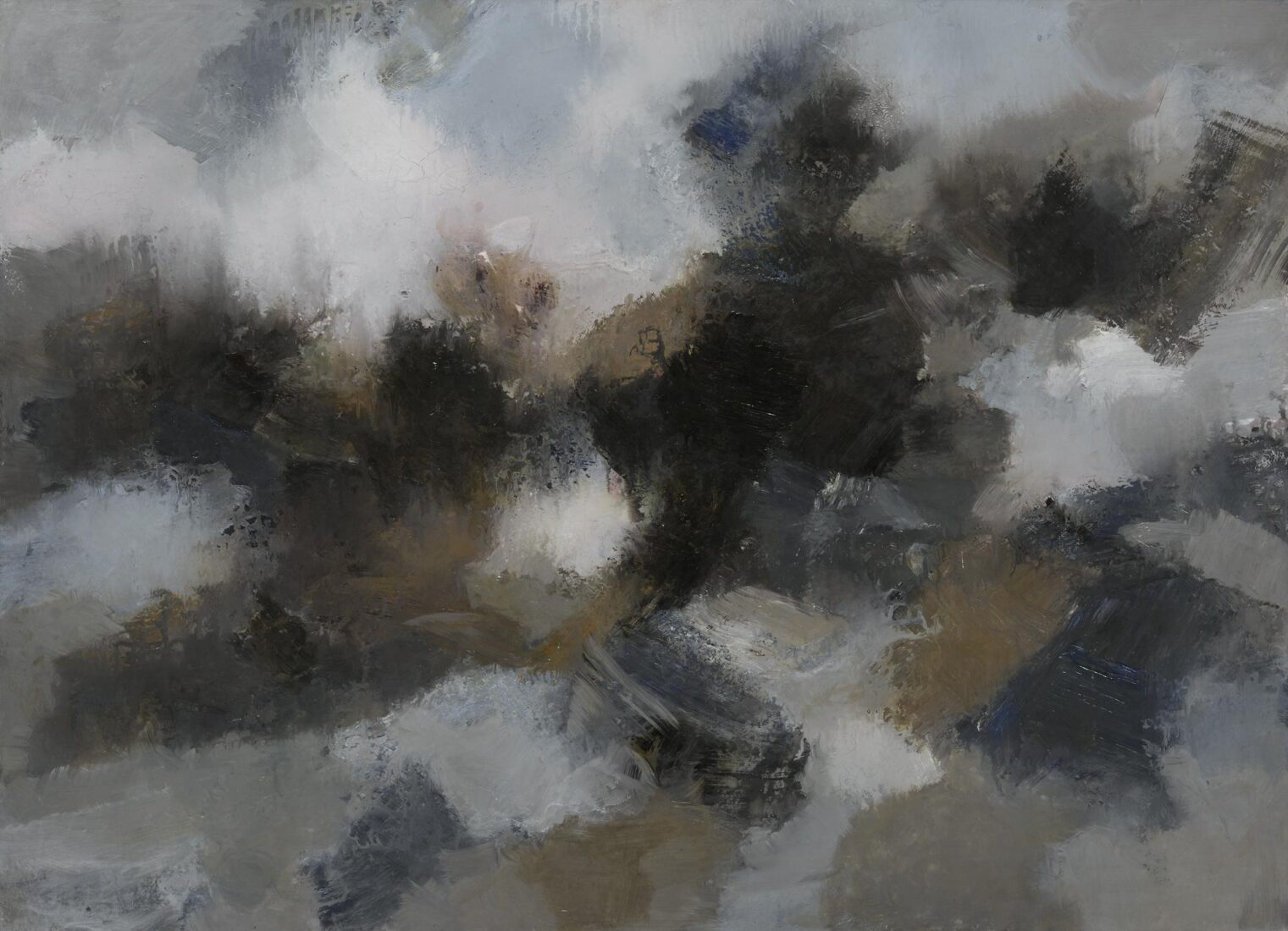

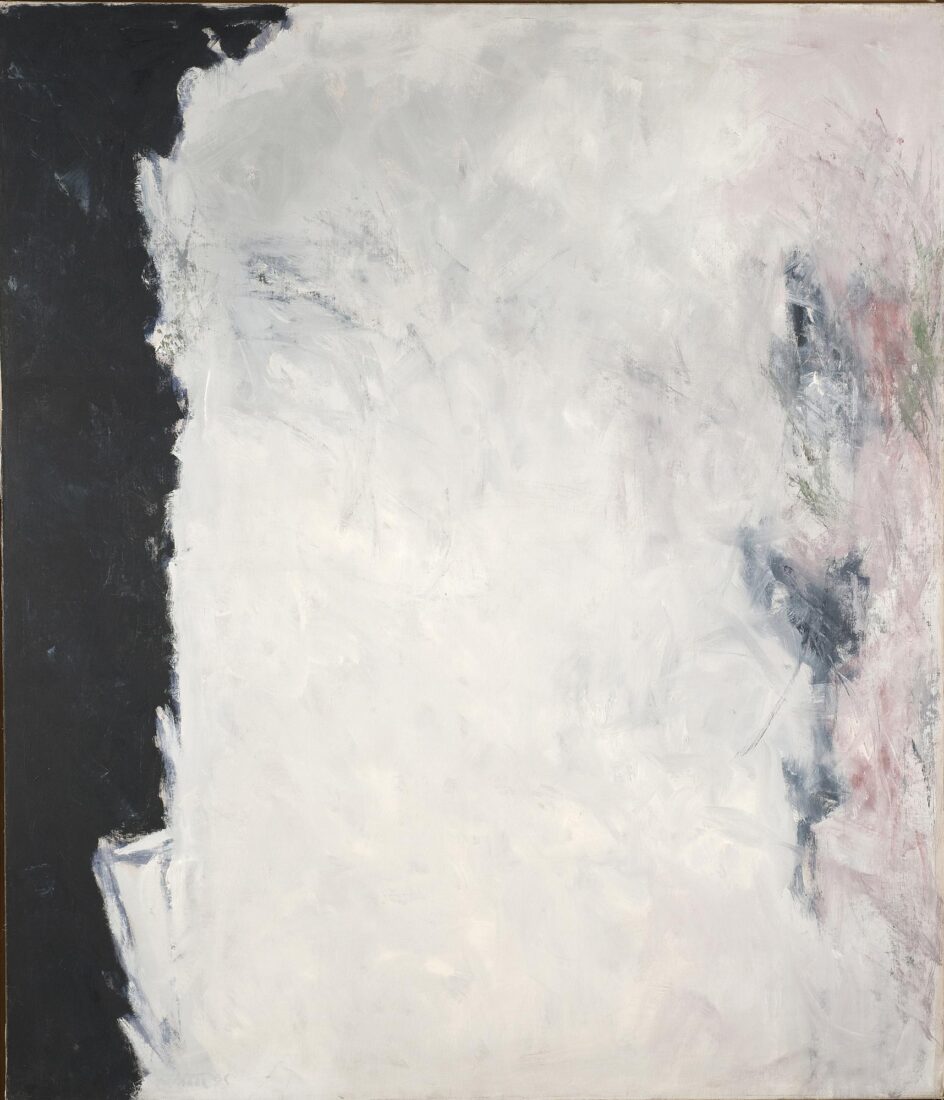

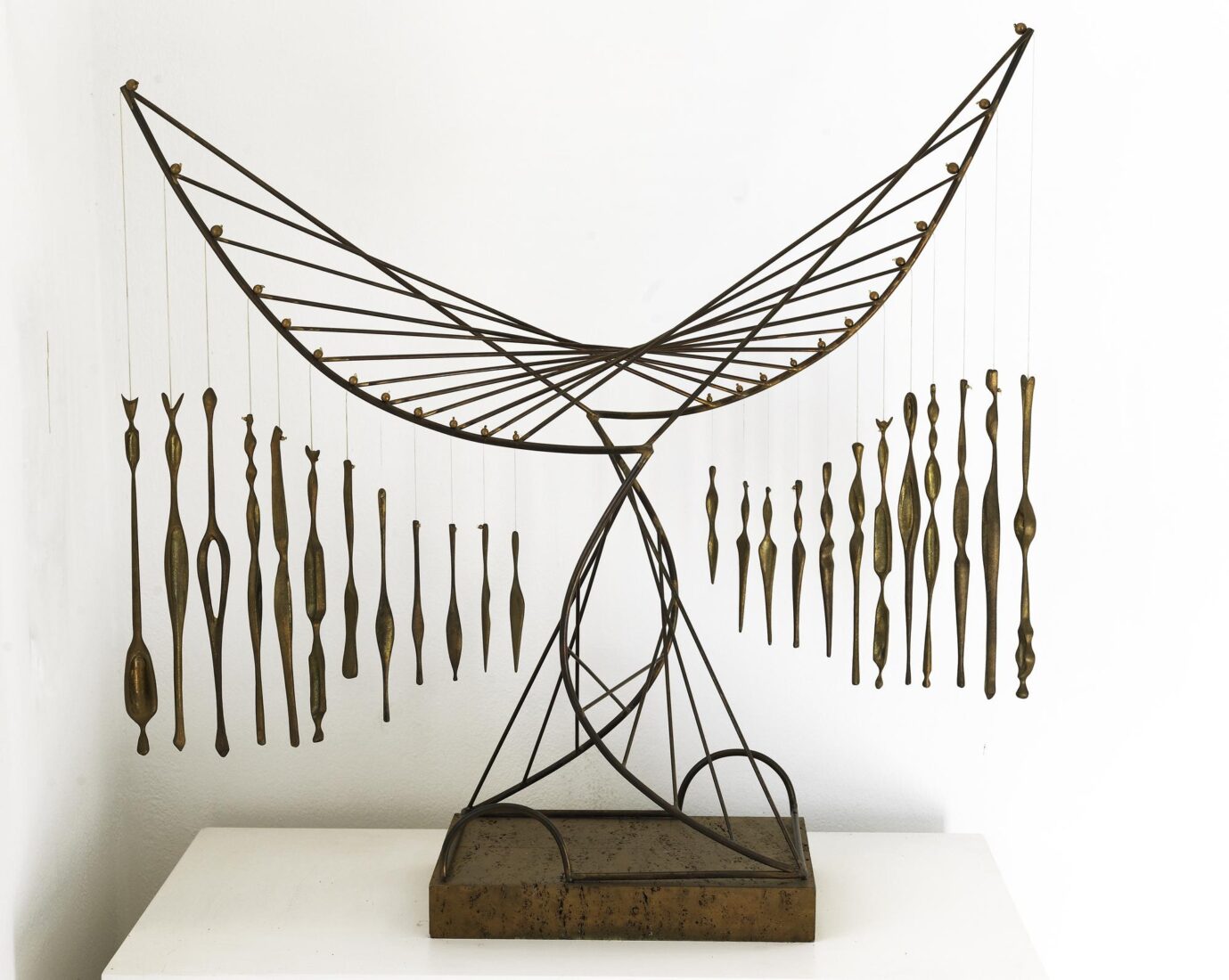
A pioneer of abstraction in Greece, Lazaros Lameras also worked in the figurative vein, producing works that mainly reflect archaic sculpture and Cycladic figurines; he also created works aimed at visually impaired people. In 1979, he held the exhibition “Touch-Art-Child” at the National Gallery, featuring works such as “Touch I”. Small-scale terracotta children’s heads and figurine-like statuettes in metal or painted clay, hung side by side in an ellipsoidal or rectangular iron frame, produce sound and motion at the touch of a hand, thus enabling the blind to come into contact with art through touch and hearing.
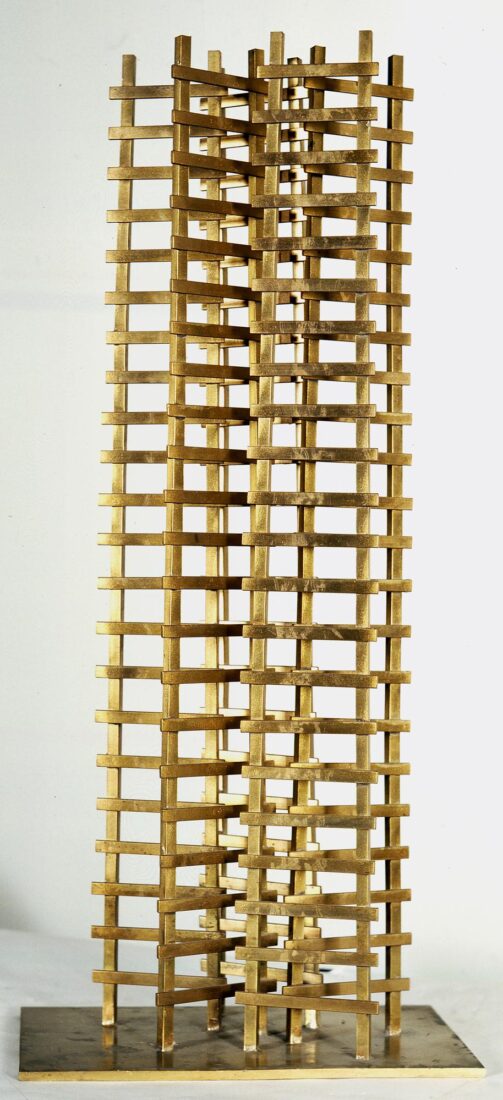
Achilleas Aperghis started out with figurative depictions centered on the human figure, full-body or bust, and then proceeded, mainly after 1950, to more abstract “anthropomorphic” shapes, finally reaching a non-figurative form of expression. Abandoning traditional materials, he followed the trend of the times and turned to iron, bronze and the smelting and welding of metals. The develoyment of the form in space, horizontally, vertically, or diagonally, was of especial interest to him in his endeavor to create an impression of flight. His preoccupation with the field of non-figurative expression would later lead him to the rejection of conventional sculptural depiction and to a conceptual approach to problems, expressed through environments and installations, directly connected to his existential anguish.
His environments with “Ladders”, which were presented for the first time in 1978, first in wood and then in bronze, but also as isolated compositions containing ladders of various sizes, were the result of his quests in the field of environments and installations, combined, however, with his return to the use of elements of figurative representation, and constitute signs of ascent and endeavor, suggesting an outlet for knowledge.
